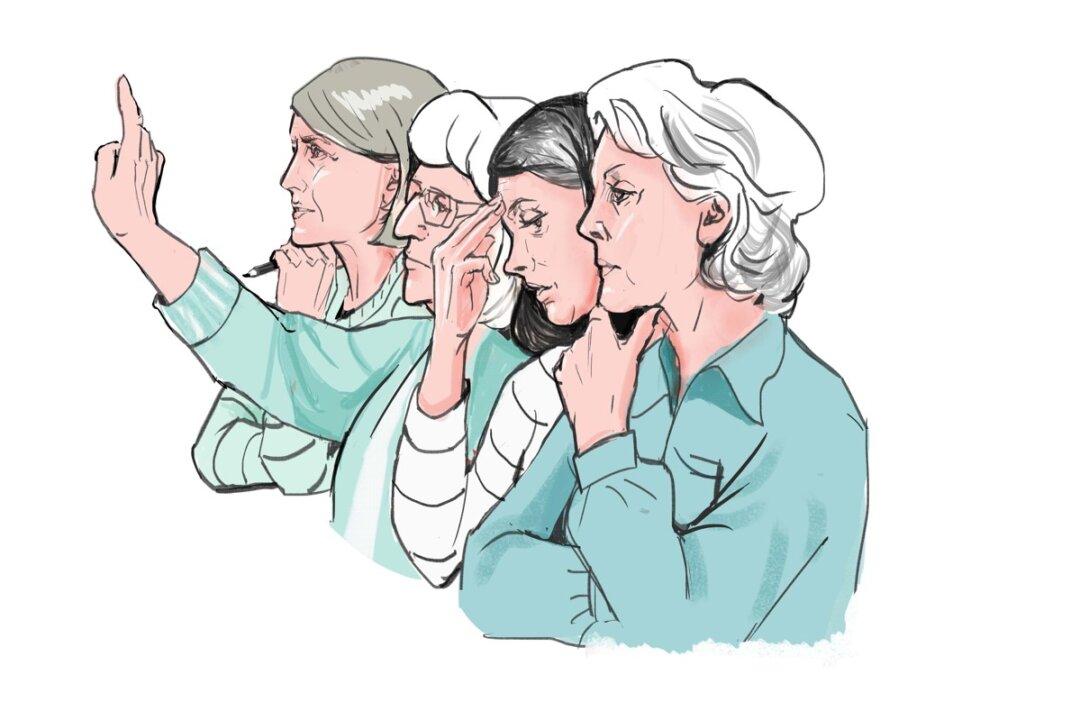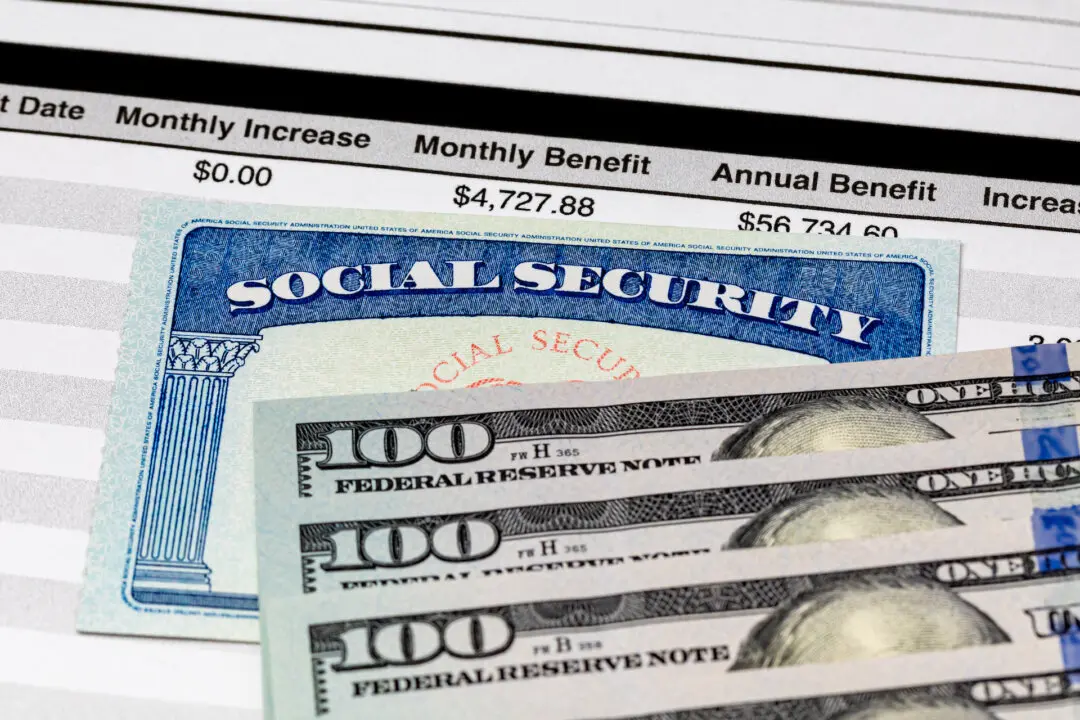In last week’s column, I presented a brief overview of the Social Security rules that apply to women. Today’s column has some common questions that I get from women that will help clarify those rules.
Q: Every woman I know is getting half of her husband’s Social Security. But I’m getting nowhere near that. Why don’t I get half?





